Search
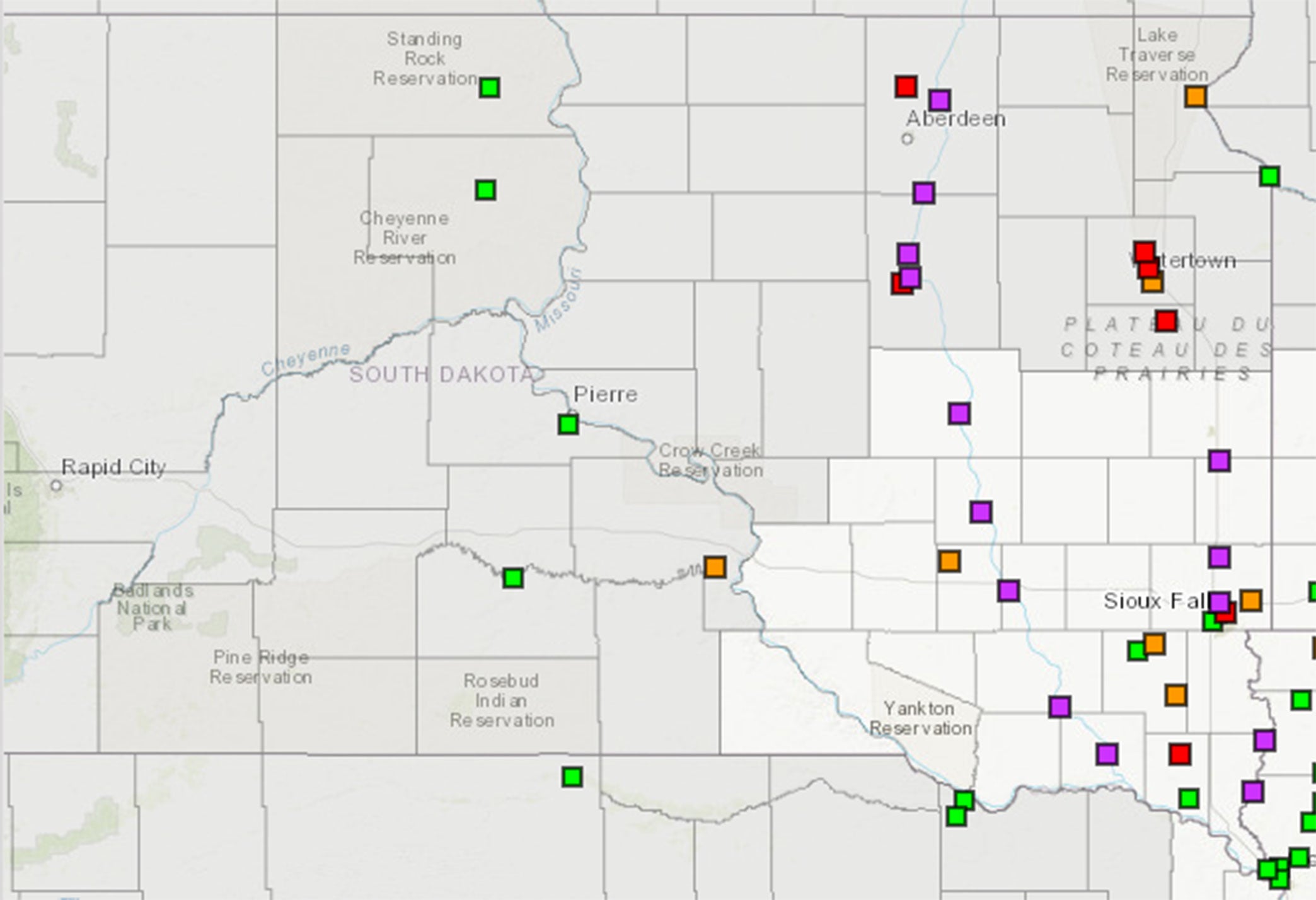
Get to Know Your Local Emergency Management Director
The warmer weather and spring migration this March have us all thinking of better days ahead. Unfortunately, it also has us thinking about flooding again this spring.
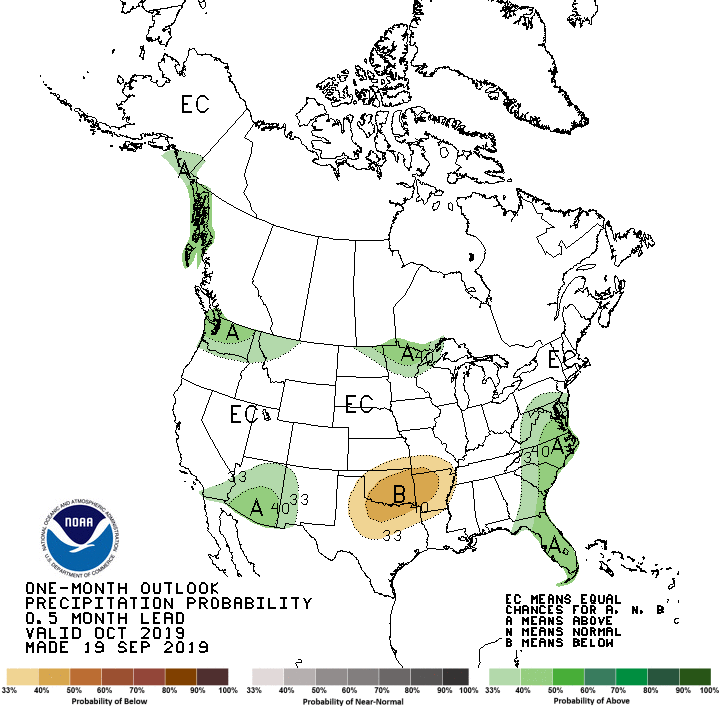
Fall Frost and September Climate Outlook for 2019
September 2019 has been pleasantly warmer than usual, and our crops need every bit of that warmth to reach maturity before our first frost arrives. Fortunately, temperatures have cooled slightly this week but just to near average for this time of year.
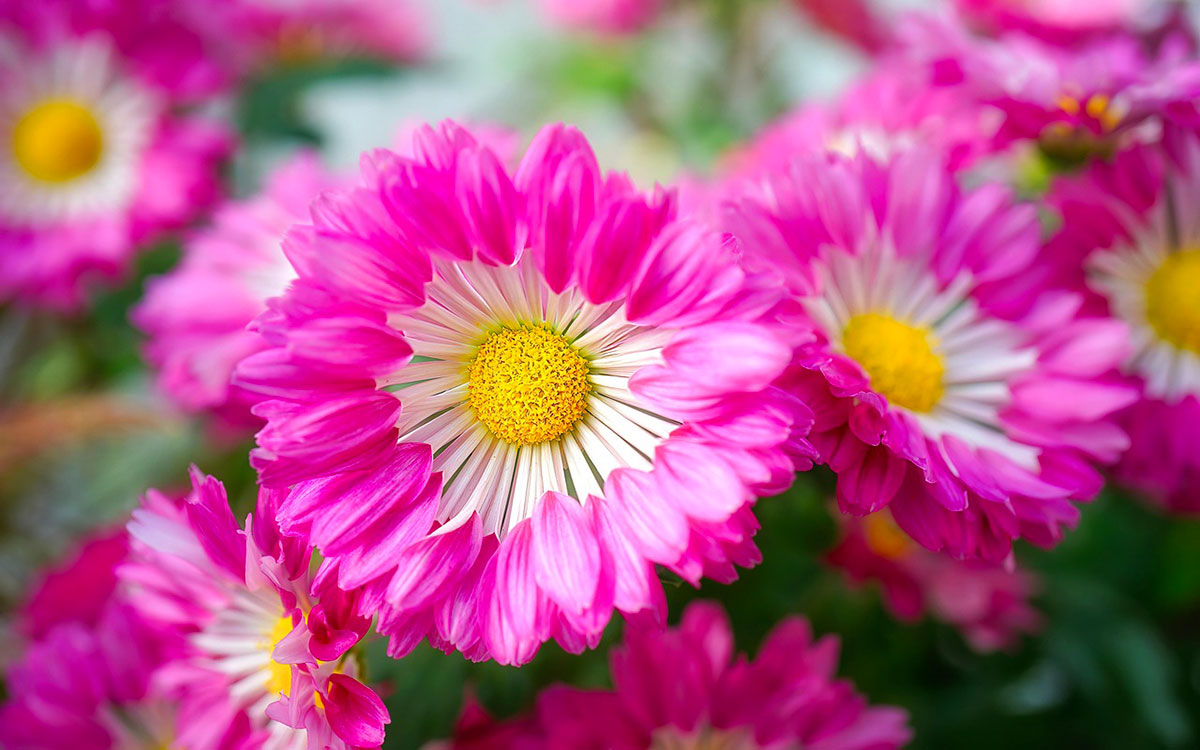
Enjoying Gerbera Daisies at Home
Gerbera Daisies have a typical daisy shape but come in a wide range of vibrant colors, ranging from white to pink, red, yellow, orange, and burgundy.

Corn
Nearly one out of every three dollars generated by South Dakota agriculture starts in a corn field. Two of every three rows of corn become ethanol.
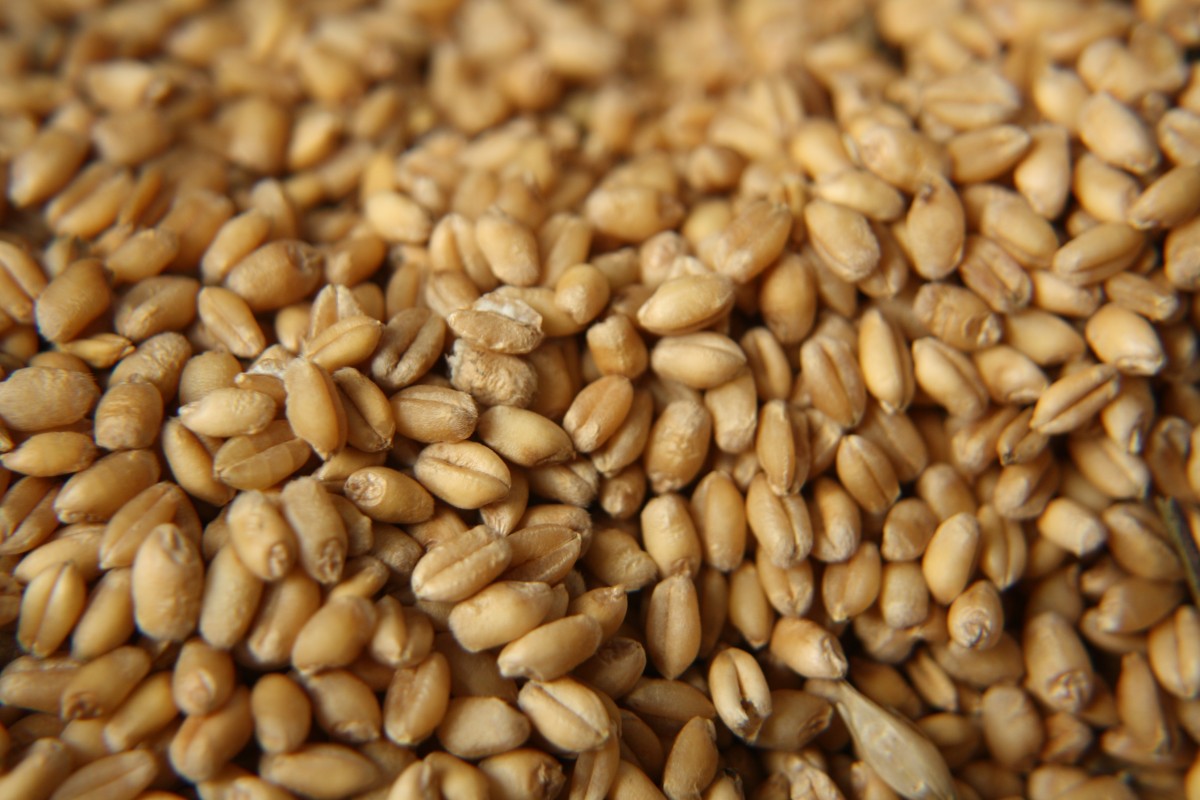
Fungicide Seed Treatments for Winter Wheat
As producers are preparing to plant winter wheat, one of the decisions to make is whether to use a fungicide seed treatment, and if the answer is yes, which product to use.
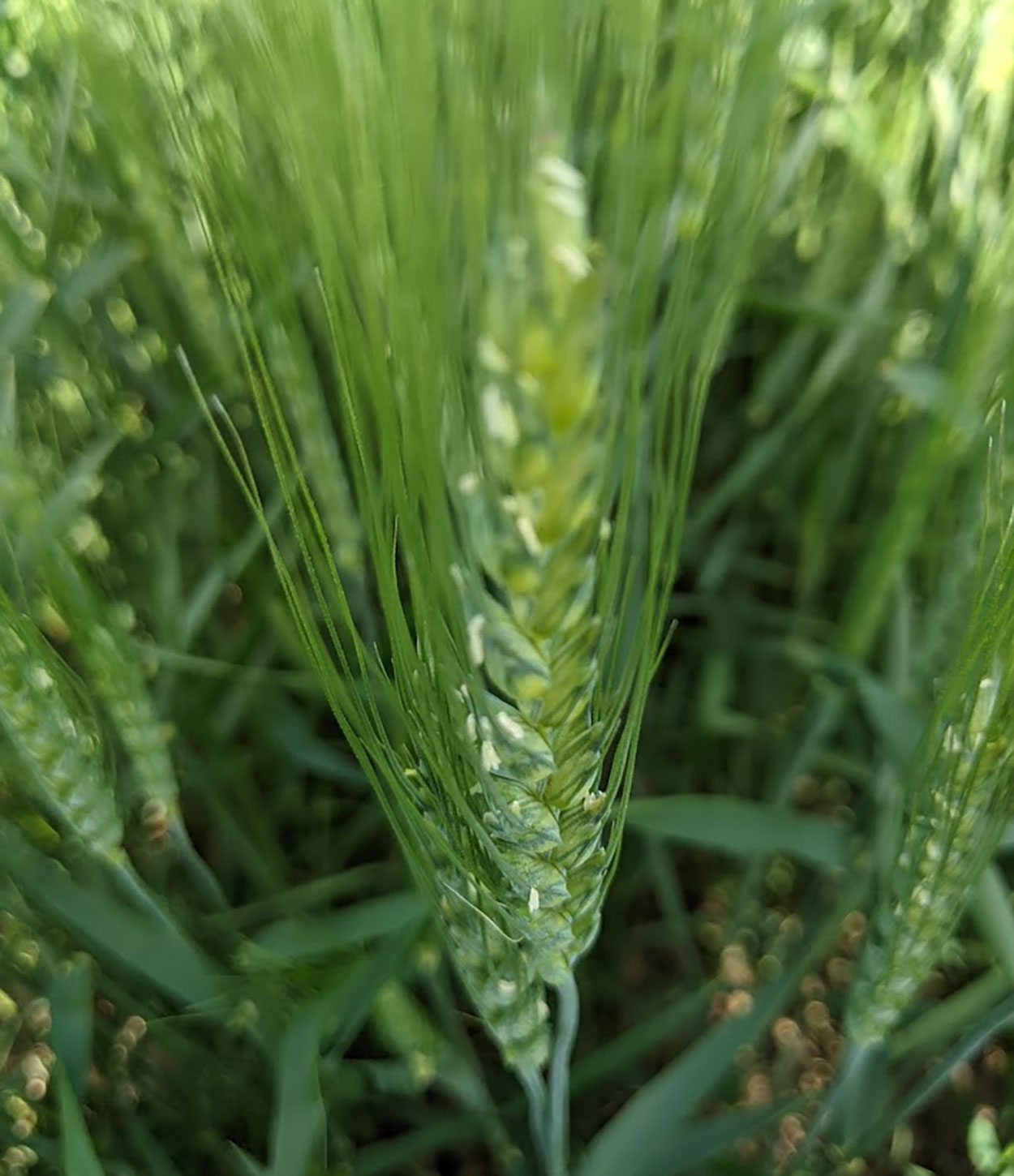
Use Fusarium Head Blight Risk Prediction Tools for Better Disease Management
Winter wheat has reached the flowering growth stage, which is a time of high risk for Fusarium head blight. By using disease prediction tools correctly, a producer can protect wheat from infection by applying a timely fungicide when the tools show moderate to high risk.
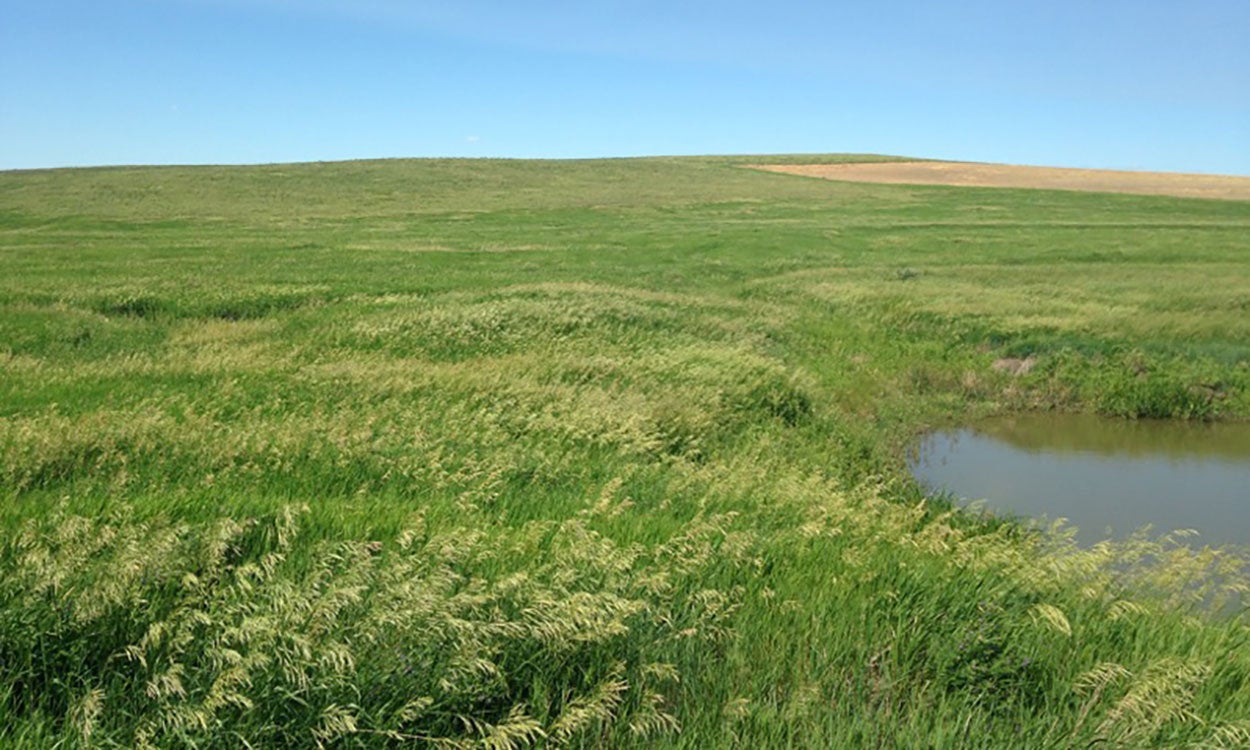
Introduced Grasses and Forbs
While native grasslands contribute greatly to the integrity of the overall grassland community in South Dakota, the use of introduced grasses has proven a popular alternative for some producers.

Building Highly Effective Boards: Legal – What to Expect
The world of protocol and legal issues can be an intimidating place. While it may seem intimidating now, our training module, "Technically Speaking: Understanding Bylaws and Legal Text," provides the fundamentals you need to not only survive, but thrive in the nonprofit sector!
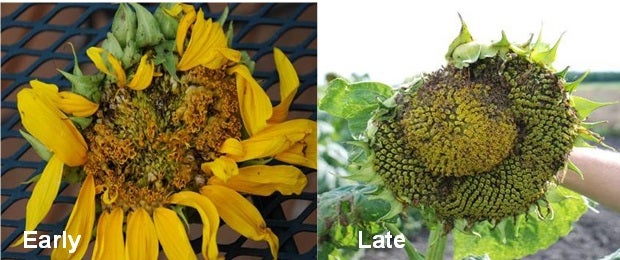
What Are Those Small Brown Things Sticking Out of Sunflower Heads?
A few days ago, I received a couple of calls about small orange/tan colored sacs sticking out of sunflower heads and small black spots on heads. The brown structures are sunflower seed maggot pupae and the damage described is caused by its larvae.
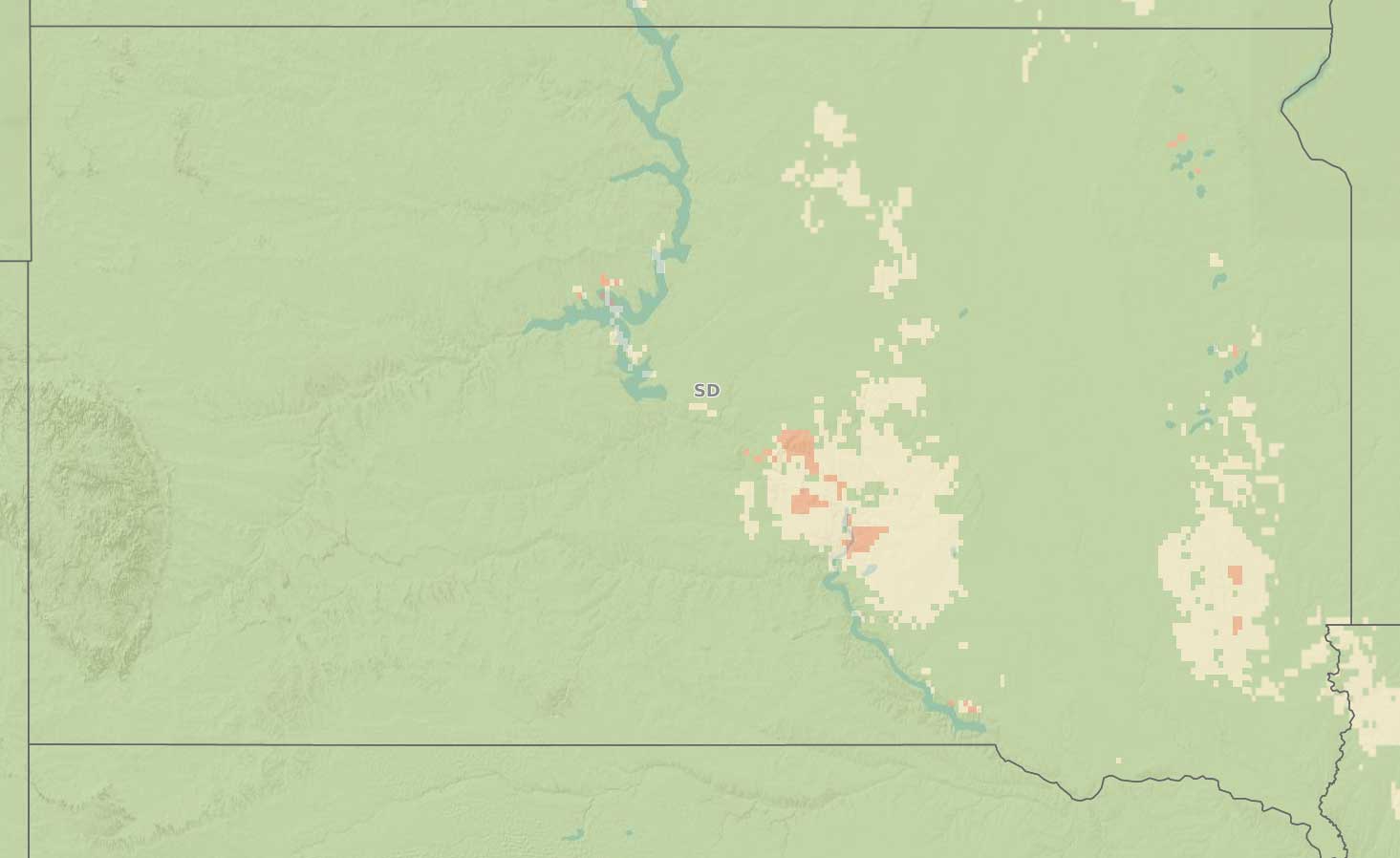
Fusarium Head Blight Predicted Risk for Spring Wheat
Most of the spring wheat is at or will soon be at flowering. One disease that can develop in wheat at this growth stage is fusarium head blight (FHB or scab).